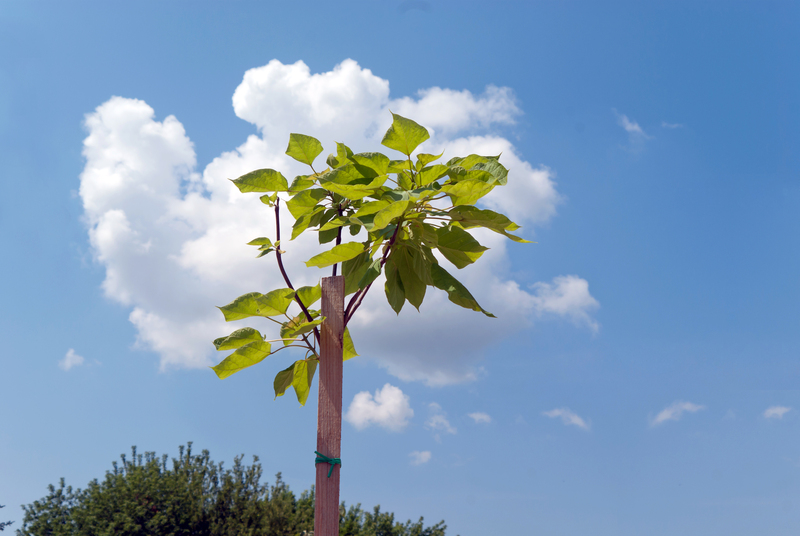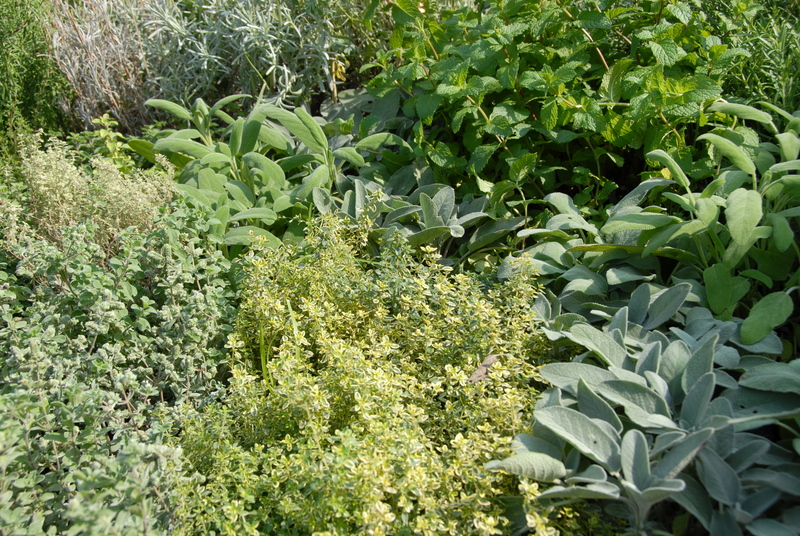Manual vs Chemical Ways to Remove Tree Stumps Effectively
Are you grappling with an unsightly tree stump in your yard? Tree stumps not only mar the beauty of your landscape but can also become a hazardous obstacle. If you're researching the best ways to remove tree stumps, you've likely encountered two common solutions: manual removal and chemical stump removal. Both methods have unique advantages and disadvantages. In this comprehensive guide, we'll explore how to remove tree stumps by hand versus using chemicals, helping you choose the right method for your needs.

Understanding Tree Stump Removal: Why It Matters
A leftover tree stump can lead to several issues:
- It attracts pests like termites and ants.
- Makes lawn maintenance difficult.
- Can cause new tree shoots to sprout.
- Is a tripping hazard for people and pets.
Manual Tree Stump Removal: Methods and Tips
What is Manual Stump Removal?
Manual or mechanical stump removal encompasses techniques that physically extract the stump from the ground using tools or machinery. This method is popular among homeowners who prefer natural, chemical-free stump removal or need immediate results.
Popular Manual Methods to Remove Tree Stumps
- Digging Out: Involves using a spade, shovel, and mattock to excavate the soil, expose the roots, and sever them for stump removal.
- Stump Grinding: Employs a stump grinder to shred the stump into wood chips below ground level. This is usually performed by professionals but DIY options are available.
- Pulling Out: For small stumps, you can use a winch, truck, or even ropes and pulleys to yank the stump from the ground after cutting major roots.
- Burning: Creating a controlled burn (where legal) to turn the stump into ash is another manual method, although safety and legal restrictions apply.
Pros of Manual Stump Removal
- Fast Results: Immediate removal is possible, unlike chemical options which can take weeks or months.
- Chemical-Free: No risk of soil contamination or harm to children, pets, or nearby plants.
- Complete Removal: Effective for large stumps and long taproots that are difficult to decompose chemically.
- Prevents Resprouting: Physical removal severs all major roots, reducing risk of new shoots.
Cons of Manual Stump Extraction
- Labor Intensive: Manual labor can be strenuous and time-consuming, especially for larger stumps.
- May Require Equipment: Stump grinders or winches may be needed and can be costly to rent or buy.
- Potential Lawn Damage: Extensive digging or grinding can disrupt your yard and landscaping.
Tips for Effective Manual Stump Removal
- Water the ground around the stump a day before digging to soften soil and ease removal.
- Cut the stump as close to the ground as possible with a chainsaw or handsaw.
- Expose all roots and cut them with an axe, saw, or root cutter before attempting to lever the stump out.
- Fill the hole left behind with quality topsoil, tamp it down, and re-seed or plant as desired.
Chemical Tree Stump Removal: Process and Advantages
What is Chemical Stump Removal?
Chemical stump removal employs special products--usually those containing potassium nitrate--to accelerate the decomposition of the wood. This method is ideal for homeowners who want a hands-off, low-effort solution.
How to Remove Tree Stumps with Chemicals
- Cut the stump as close to the ground as possible.
- Drill holes into the top and sides of the stump (about 1 inch wide and 8-12 inches deep).
- Apply the chemical stump remover in the holes as directed.
- Add water to activate the chemical process.
- Wait several weeks to a few months for the wood to soften and begin breaking down.
- Remove the residue by chopping or burning the softened stump and roots.
Benefits of Chemical Stump Removal
- Low Physical Effort: Minimal manual labor required. Perfect for those unable to do heavy yardwork.
- Minimal Yard Disturbance: Limited digging is needed, so your grass and garden stay intact.
- Cost-Effective: Most chemical stump removers are inexpensive and available at garden centers.
Drawbacks of Using Chemicals for Stump Removal
- Time-Consuming: The decomposition process can take weeks or even months.
- Environmental Concerns: Chemical runoff can affect nearby plants and groundwater if not handled properly.
- Safety Considerations: Certain chemical products can be hazardous to children, pets, and wildlife. Always follow safety guidelines.
- Stubborn Stumps: Larger or older stumps may require repeated application or may not fully break down.
Manual vs Chemical Stump Removal - Which is Better?
Choosing the Right Stump Removal Solution
The best method to effectively remove tree stumps depends on several factors:
- Stump Size: Large, deep-rooted stumps often require manual or mechanical methods. Smaller stumps are suitable for chemical removal.
- Timeframe: Need to get rid of the stump quickly? Opt for grinding, digging, or pulling. If waiting isn't an issue, chemical methods are satisfactory.
- Budget: Manual tools and grinders may require an upfront investment, while chemical removers are generally cheaper but slower.
- Physical Ability: Manual removal is labor-heavy. Chemical options are perfect for those seeking an easy, hands-off process.
- Environmental Impact: Manual removal is eco-friendly. Chemical removal, if not handled properly, can harm nearby vegetation and soil health.
Integrated Approach: Combining Manual and Chemical Methods
Sometimes, the most effective stump removal strategy involves a mix of both methods. For instance, you might start the decomposition process with chemicals, then finish the job by digging or chopping out the softened remains. This hybrid approach can save time and labor.
Environmental and Safety Considerations
Eco-Friendly Stump Removal
If you're concerned about your garden's ecosystem, manual methods--like digging or using a stump grinder--are safest for nearby plants, ponds, and wildlife. Be mindful not to disturb underground pipes or wiring when digging.
When using chemical products, always:
- Choose environmentally friendly formulas.
- Follow label instructions carefully.
- Keep children and pets away until the area is safe.
- Avoid application before heavy rains to prevent runoff.
Legal Restrictions
Local regulations may limit the use of fire or certain chemicals for stump removal. Always check with your municipality or homeowner's association before proceeding, especially if you plan to burn stumps or use potent chemical products.
Frequently Asked Questions About Stump Removal
Can I leave a tree stump in my yard?
While possible, leaving a stump invites pests, regrowth, and can interfere with landscaping. Stump removal is highly recommended for a healthy and tidy yard.
How long does chemical stump removal take?
The process typically ranges from four to twelve weeks, depending on stump size, tree species, weather conditions, and product used.
Does stump grinding kill roots?
Grinding removes the visible stump and major roots but small roots may remain and take years to decompose naturally. Grinding is less disruptive than digging but more immediate than chemicals.
Are chemical stump removers safe for gardens?
Some products can threaten nearby plants if not applied carefully. Always read the product label and water surrounding areas before and after use to dilute potential residue.

Conclusion: Choosing the Most Effective Stump Removal Technique
Tackling that old tree stump is a key step to improving your outdoor space, preventing hazards, and ensuring a healthy garden environment. Both manual stump removal and chemical stump removal have their place:
- Choose manual removal for a quick, permanent, eco-friendly solution--best for large stumps and when you need a clear yard right away.
- Opt for chemical removal for small stumps, hands-off convenience, and when you're not pressed for time.
- Consider a hybrid approach if you want to speed up decomposition before digging or burning.
Always factor in safety, environmental impact, your schedule, and local regulations. If in doubt, consider consulting with a professional tree service to evaluate the best course of action.
Ready to Remove That Stump? Next Steps
Whether you go the manual or chemical stump removal route, preparation is key. Gather your tools, read product labels, and get ready to reclaim your landscape! If you have more questions about effective stump removal techniques, comment below or consult your local gardening expert.
```